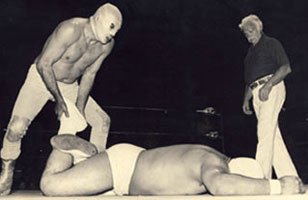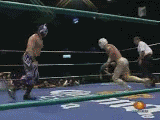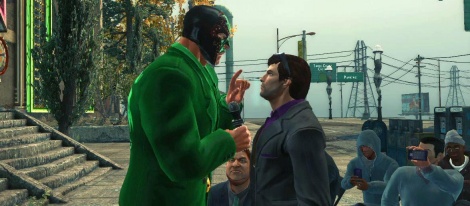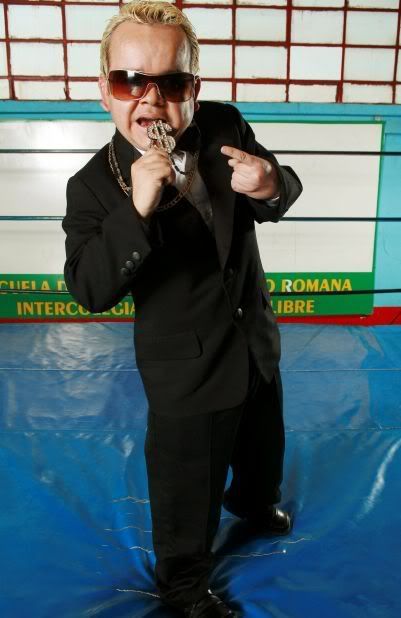Dia de los Muertos, or Day of the Death, is a Mexican holiday that combines both the Catholic religious day of All Souls' Day and traditional indigenous Mexican practices. The holiday is a day in which Mexican families venerate the dead. Traditionally, family members will visit the tombs of their dead family members at night, bringing with them tokens such as food, alcohol, or toys (depending on the "age" of the decease family member). These are laid on the person's tomb because according to ancient Aztec tradition, on this day the souls of the dead are allowed to return to the world of the living, and thus their favorite foods and items from when they were alive are often laid beside their tombs for the nonliving to "enjoy.
Human skulls are an important symbol for the Day of the Death celebration, and are often recreated in plaster, clay, and often in candy form out of sugar or chocolate. Traditionally candy skulls are inscribed with the name of the recipient on the forehead, and will be given as gifts (either to the living or the dead).
Additionally, an important figure in Mexican lore is
La Calavera Catrina, the Elegant Skull, first conceived by printmaker Jose Guadalupe Posada in a 1913 zinc etching. The Catrina, is the skeleton of an upper class woman, whose image has since its creation gone to become the central figure of the holiday.











































































